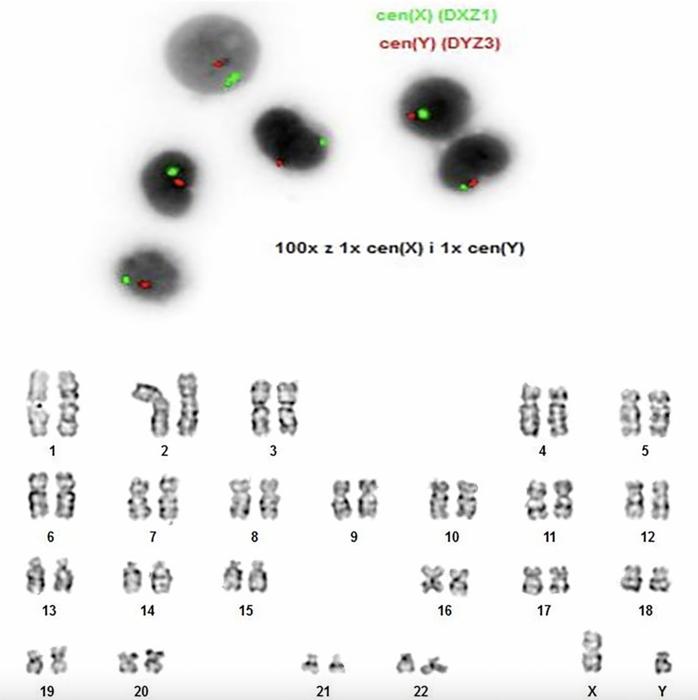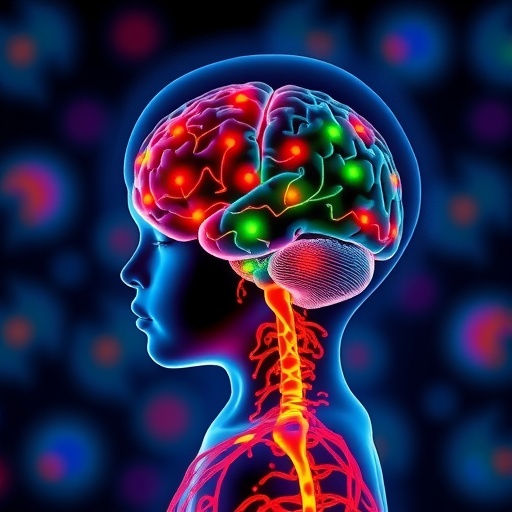
The Hidden Dangers of Stem Cell Transplantation: A Case Report Unveils the Reality of Donor Cell-Derived Neoplasms
In a groundbreaking report published in the esteemed journal Oncotarget, researchers brought forth a poignant case that underscores a potential yet rarely discussed consequence of allogeneic hematopoietic cell transplantation—donor cell-derived hematologic neoplasms (DCHN). This alarming condition emerges when donor hematopoietic cells—the very cells intended to save lives—become the source of new malignancies, a phenomenon that can take years to appear yet poses a significant risk to a select number of patients.
On February 5, 2025, authors Aleksandra Mroczkowska-Bękarciak and Tomasz Wróbel from Wroclaw Medical University detailed a harrowing case involving a woman who experienced an aggressive transformation of her health nine years after undergoing a stem cell transplant to treat acute myeloid leukemia (AML). This case exemplifies how what is typically viewed as a miraculous medical intervention can sometimes lead to devastating outcomes.
The case revolves around a 23-year-old woman who had enjoyed nearly a decade of remission following her initial treatment for AML. This exemplary response exemplifies the effectiveness of stem cell transplants in combating blood cancers, where the goal is to replace diseased bone marrow with healthy stem cells from a donor. However, this case quickly turned tragic, as the patient developed a new and aggressive blood cancer that was traced back to mutations in donor cells—including those in critical genes such as ASXL1, SETBP1, and EZH2.
These genetic mutations are not merely theoretical constructs but represent tangible biomarkers associated with highly aggressive neoplasms. Their presence indicates that the very treatment that had once valiantly fought her leukemia had instead transitioned into a life-threatening adversary. The evolution of this condition over two years despite intensive treatment illustrates the persistent shadow that hangs over long-term patients of stem cell transplantation.
While the notion of DCHN is still relatively obscure to many within the medical community and general public, this case shines a light on the crucial need for ongoing observation of transplant recipients long after their procedures. The focus has typically been on the risk of relapse of the original malignancy or complications stemming from the transplant itself, but this case serves as a stark reminder of the potential for donor-derived cancers to emerge and disrupt lives in insidious ways.
A particularly alarming factor at play here is the possibility that certain stem cell donors could unknowingly possess genetic mutations that remain harmless in their own bodies. These latent mutations could well act as catalysts for cancerous transformations once they are integrated into a recipient’s immune system. This raises critical questions about donor selection and the importance of comprehensive genetic screening before transplantation to identify possible risks to the recipient.
Moreover, the report outlines other contributing factors that facilitate the development of DCHNs. Immunosuppressive therapies—essential for preventing graft-versus-host disease and other complications—mitigate the body’s ability to combat emerging neoplasms. Furthermore, the inherent stress inflicted on the bone marrow during transplantation could instigate oncogenic activation within donor cells, leading to severe consequences longer down the line.
Emphasizing the importance of early detection, the authors assert that timely diagnosis and intervention are paramount in improving patient outcomes. Such an emphasis does not imply an immediate solution but attempts to ignite a dialogue among healthcare providers about vigilance and the potential for protocols that facilitate more routine monitoring of patients years following their transplantations.
The pressing concern is that while stem cell transplantation has become an integral component of modern cancer therapy, the advent of donor-derived malignancies poses a new set of challenges that must be addressed through rigorous research and patient care refinement. This will also foster a greater understanding of how oncogenesis can be influenced by external factors like the donor’s genetic makeup and the therapeutic regimes employed in a transplant setting.
In conclusion, ongoing research is not only vital in refining selection and care protocols but also pivotal in enhancing our understanding of the complex interplay between donor cells and the recipient’s health over time. As we move forward, the hope is to implement routine genetic testing and enhanced screening strategies as standard procedures in the transplantation process, thereby limiting the risk for patients like the one chronicled in this compelling case report.
Through the combination of advanced genetics and a conscientious approach to donor selection, the aim is to create a safer environment for patients seeking the life-saving benefits that stem cell transplants can provide. The future holds promise as researchers delve deeper into the mechanisms that underpin donor-derived cancers, honing in on preventative measures that promote patient safety and improved outcomes, ensuring fewer families endure the soul-crushing impact of DCHN.
Subject of Research: People
Article Title: A case report of donor cell–derived hematologic neoplasms 9 years after allogeneic hematopoietic cell transplantation
News Publication Date: February 10, 2025
Web References: Oncotarget
References: None provided
Image Credits: Copyright: © 2025 Mroczkowska-Bękarciak and Wróbel.
Keywords: cancer, hematology, donor cell-derived hematologic neoplasms, genetics
Tags: acute myeloid leukemia case studyallogeneic hematopoietic cell transplantationcase reports in oncologycomplications of stem cell therapydonor cell-derived hematologic neoplasmshematologic malignancies post-transplantlate-onset leukemia after transplantlong-term effects of stem cell transplantsmedical ethics in transplantationneoplasms from donor cellsrisks of stem cell transplantationsurvival outcomes in leukemia patients





